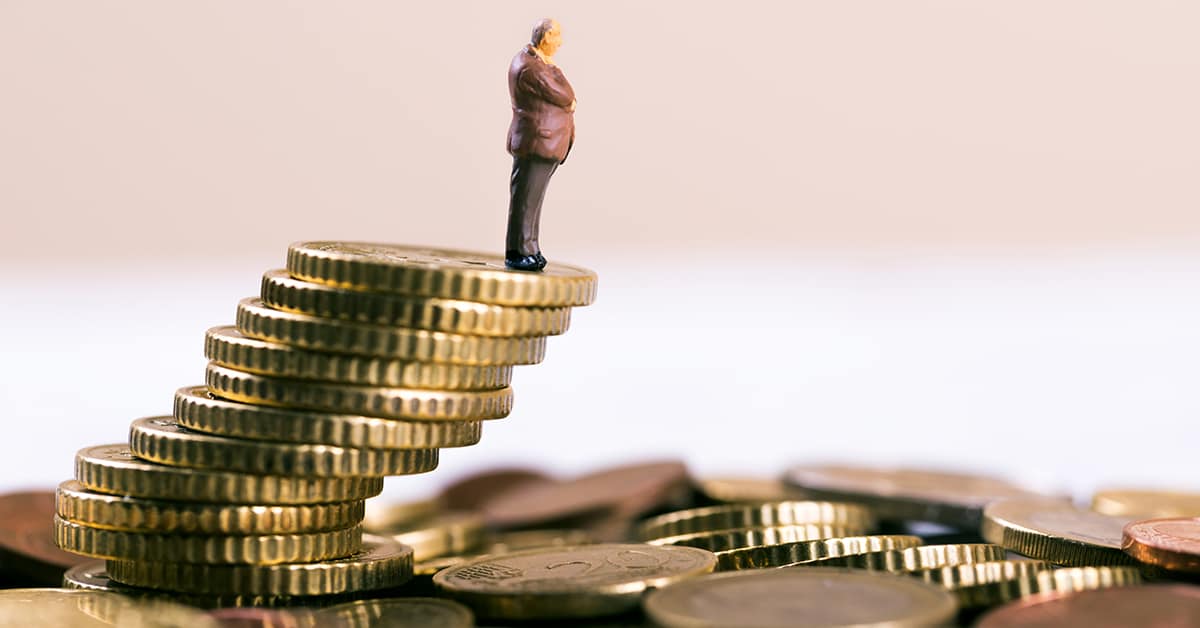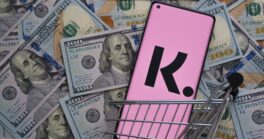With rising interest rates, out-of-control inflation and declining government support, 2023 marks the return of bankruptcies.

Avaya Holdings Corp, Tuesday Morning, Sorrento Therapeutics—what’s the common thread between these very different companies? Avaya is in a telecom equipment business. Tuesday Morning is a discount retailer; and Sorrento is a biopharmaceutical group. Still, these three companies have a lot in common: within a few days, the three of them went bankrupt.
The Chapter 11 filings, which took place in mid-February, illustrate the rebounding of the insolvency wave, after two unusual years of a low bankruptcy diet.
The most recent statistics from American Bankruptcy Institute (ABI), the analysis expert on that topic, revealed a very active January 2023. Total commercial filings increased by 12% as compared to a year to date. Commercial chapter 11’s soared 70% to 257 filings and subchapter V small business filings swelled by 49%.
“Struggling households and businesses on shaky economic footing can look to bankruptcy to provide a solid path toward a financial fresh start,” Amy Quackenboss, executive director of ABI, says. A fresh start indeed. Avaya needs to lighten its debt load from $3.4 billion to only $800 million. Tuesday Morning plans to close half of its 464 stores, and Sorrento Therapeutics is trying to stop an affiliate from collecting on a $173 million award decided by a judge.
Bankruptcies are truly roaring back. “The cost of borrowing for highly leveraged companies is high,” notes George Schultze, founder of Schultze Asset Management, an investment firm specializing in distressed securities.
“There are fewer economic activities, incomes have dropped,” he continues. “Operating costs are going up because of bottlenecks in transportation, supply chain issues, the war in Ukraine, and finally, the extremely low-interest rate ended last year.”
“We have had almost unlimited credit for 10 years,” reinforces Jim Baer, president of CMBG Advisors in Los Angeles. “Quantitative easing has flooded the economy with low interest rates. In 1998, we had cumulative deficits of $6 trillion, in 20 years we have added $25 trillion. That’s not sustainable, the party is over.”
The Federal Reserve raised interest rates seven times in 2022 and promises to continue in 2023. The cost of borrowing is still growing and companies that are unable to refinance are getting closer to bankruptcy.
“A lot depends on the probability of a recession,” says Edward Altman, professor emeritus of finance at the New York University School of Business and co-founder of Wiser Funding. “One month ago, the outlook for a recession in Europe had a 90% likelihood versus 70%-80% in the United States. Nevertheless, today the price of European energy came down, interest rates have not been rising as much as expected and Europe had a warm winter.”
Altman foresees an “interesting paradox.” He forecasts a “no-landing for the economy.” “Inflation will remain high, which means that central banks will continue to raise interest rates,” he says. However, he does not expect a recession.
“My forecast is that if banks cut down on lending, savvy non-bank lenders not regulated by central banks will persist in lending at higher interest rates. Some companies will not be able to pay and governments will not subsidize them to meet their interest obligations,” he explained. The result will be an increase in bankruptcy defaults, equal to a 30-year average of 3.3%.
Normalization
America is not the only country suffering from a rebound in insolvencies. “After declines in 2020 and 2021, we expect a broad-based acceleration globally,” says Maxime Lemerle, lead analyst at the international insurance company Allianz Trade.
“We had two atypical and exceptional years of low defaults, but in 2023 the natural cycle of company fatalities is back on track,” he said.
Allianz Trade experts follow the evolution of bankruptcies in 45 countries. Last year, global insolvencies increased by almost 10%; this year the firm predicts 19% growth. The US is expected to experience a 40% rebound with 18,900 bankruptcies. Europe will likewise see an increased number of insolvencies: up 41% in France (59,000 cases), 43% in Italy (8,400 cases), 15% in Germany (16,800 cases), and 15% in the United Kingdom (28,300 cases). Asia will follow the same trend with an increase of 20%.
China, the second-largest worldwide economy, benefited from a 10% decrease in bankruptcies in 2022. And the nation is not likely to escape the 2023 global rebound. Allianz Trade forecasts for this year a 16% Chinese rise (9050). These are all double-digit increases, but “it’s not a tsunami,” explains Lemerle, “I see it as a normalization rather than an explosion.”
Lemerle focuses on the American example. “At 18,900 cases, we are still under the 2019 level—the year before the pandemic. The massive Paycheck Protection Program created by the White House supported the economy, and 95% of the companies didn’t have to reimburse their loans. It gave them resilience.”
Furthermore, “the volume of high-yield bonds coming due before the end of 2023 is only 3%,” notes Chris Donoho, bankruptcy expert of the law firm Hogan Lovells. Companies took advantage of cheap money during the pandemic. They bought time to reimburse their debts.”
Apples and Oranges
Corporations In Asia, America and Europe were affected by similar factors throughout the Covid-19 pandemic: government support, the lockdown lift, interest-rate policies and inflation. However, lockdown periods changed from one country to the next, government aid varied and the reopening of bankruptcy courts differed.
Also, national legislations are unique. In France, for example, bankrupt companies of every classification are recorded, while in the US, small businesses of one or two people are excluded from chapter 11 statistics. Experts shouldn’t compare apples to oranges. “You need to look at these companies on a granular level,” explains Lemerle. “Because statistical averages don’t reflect the real risks.”
Another example is Russia. “The war with Ukraine and the economic slowdown should induce an increase of bankruptcies,” Lemerle adds. “But collective proceedings in Russia have been suspended.”
China, also, favors a different approach. “There’s a big crisis in the real estate industry,” Altman notes. “Nevertheless, prior to the pandemic it was very unusual for companies to go bankrupt.” Nowadays, insolvencies are no longer taboo in China but are relatively rare. Local courts are under the influence of local governments, which try to delay the liquidation of distressed firms to avoid social unrest.
In Asia, Europe and the US, bankruptcy filings are quietly approaching pre-pandemic levels, especially in retail, healthcare, movie theaters and restaurants. “Companies must address issues suspended since the pandemic,” according to Stark & Stark attorney Thomas Onder. “They need to dispose of unprofitable stores.”
In France, store chains such as Andre, Kookai, Go Sport and Burton are under judicial reorganization. In the US, Party City and Auto Plus have filed for Chapter 11. The big home décor chain, Bed Bath & Beyond, got a “large cash infusion of more than $1 billion,” says Onder.
“Still, Bed Bath & Beyond has a high debt load and many unprofitable stores. There is an education cliff in college towns. Enrollment is contracting and stores near colleges are affected,” he said.
Filings in the US healthcare sector are also on the rise. Ronald Winters and Clare Moylan, principals at Gibbins Advisors, noticed filings of large healthcare corporations in the fourth quarter of 2022 that were three times higher than during the first quarter year-to-date. Hospitals and nursing homes suffer from higher labor costs and “they used the cash that the government sent during the pandemic.”
“On the revenue side,” they continue, “providers that didn’t invest in technology are unable to offer care for an increased number of outpatients. Thus, they are left behind.”
Biotech companies are also at risk, but for a different reason. “They used to raise large amounts of capital because market conditions were so good,” says Moylan. “Pharmaceutical companies could basically burn all that money until the commercialization of their product.” Not anymore—“the balloon burst.” Chapter 11 seems to be back on the horizon.



